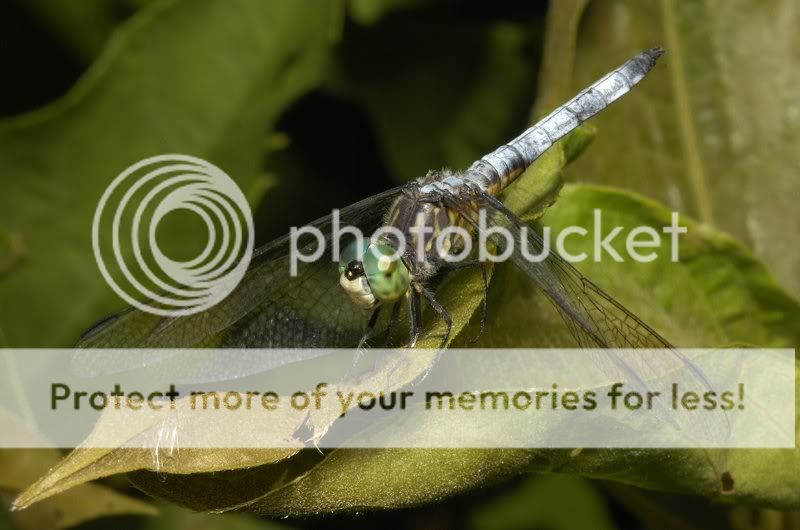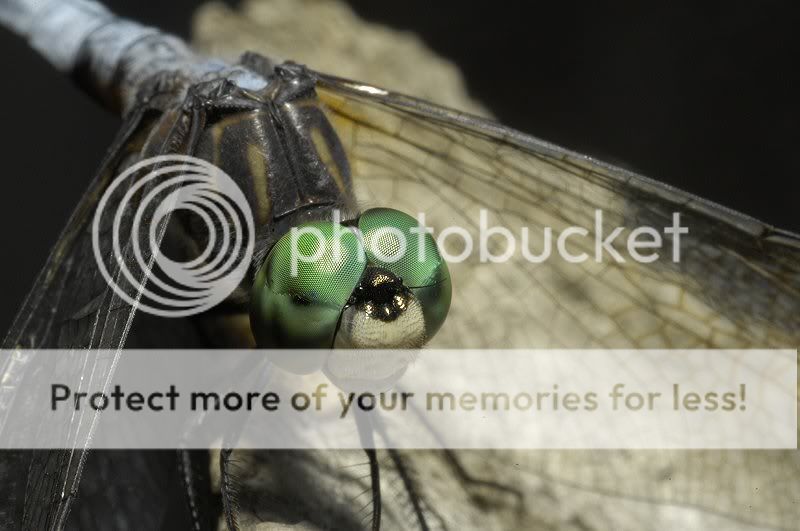Or a small aperature like 22f and a flash.
Sort of true - you do want to shoot with the smaller apertures (bigger f numbers) to get as much depth of field as you can into the shot. However most macro shooters consider f16 to be the smallest they will go, with many sticking to f13 as a standard smallest size. This is because at around 16 Diffraction will start to take place, its not too bad (in most lenses) at f16, but go smaller (Say to f22) and it will start to make a noticable difference by giving you softer images.
This is why you see macro setups with two powerful flashes... you need to shoot at a very small aperture.
Actually macro flashes don't have to have that much power - since they are often very close to the subject - many ringflashes and twinlight setups are not that high in guide numbers (compared to say a 580EX speedlite) but they are enough for lighting many macro scenes.
Flash is an important consideration for macro if you intend to shoot without a tripod, or if your shooting highly mobile insects (where subject movement makes a tripod impractical most times).






![[No title]](/data/xfmg/thumbnail/36/36423-4f4abd5f32da2219d4967c7a13b07a8c.jpg?1734168833)










